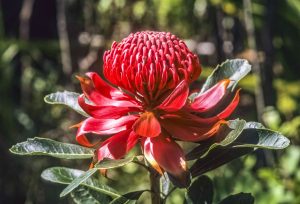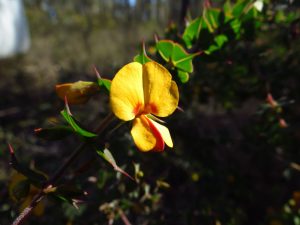Why the plant database was created

We are passionate about the conservation, education and promotion of Australian native plants in both natural and cultivated landscapes.
Our members are extremely concerned about biodiversity loss across Australia and want to conserve our unique flora.
Although a wide range of Australian native plants are grown in general horticulture, it is still common that many gardeners think that Australian plants can be ugly and prickly, difficult to grow or propagate, flower poorly or are largely unavailable for purchasing.
In reality, horticulture is still exploring the frontier of Australian native plants and many native species have simply not been tested sufficiently for their cultivation potential.
We think that native plants can easily fulfil the desired effect and role of most exotic plants in most gardens. This is especially true in the harsh Australian landscapes which is increasingly subject to the effects of climate change. Native plants also add to the local ecological resources for fauna in our urban and rural areas and help create ‘the spirit of place’.
We are creating this database to demonstrate the huge diversity of Australian native plants and their use for a wide range of situations. Our goal is to show everyone the amazing diversity of habit, form, flowering and textures and garden potential of Australian plants, including cultivars.
Each profile combines species information with cultivation potential and gardening know-how. In addition, we provide helpful advice and tips on propagation and cultivation, even though the species themselves may not be commonly trialled or sold. For gardeners and plant lovers who observe native plants on a bushwalk, many native species still fall into the buckets of “I had no idea you could grow that” or “Why don’t we grow that one more?”

For a story on reaching the 1000 profile milestone, click here.
A few more points
Please note a recent change in 2023: Several species of Leptospermum have had a name change to Gaudium on this database. If the former Leptospermum name is entered into the search box – it shows the genus name of Gaudium with Leptospermum as a synonymous name
